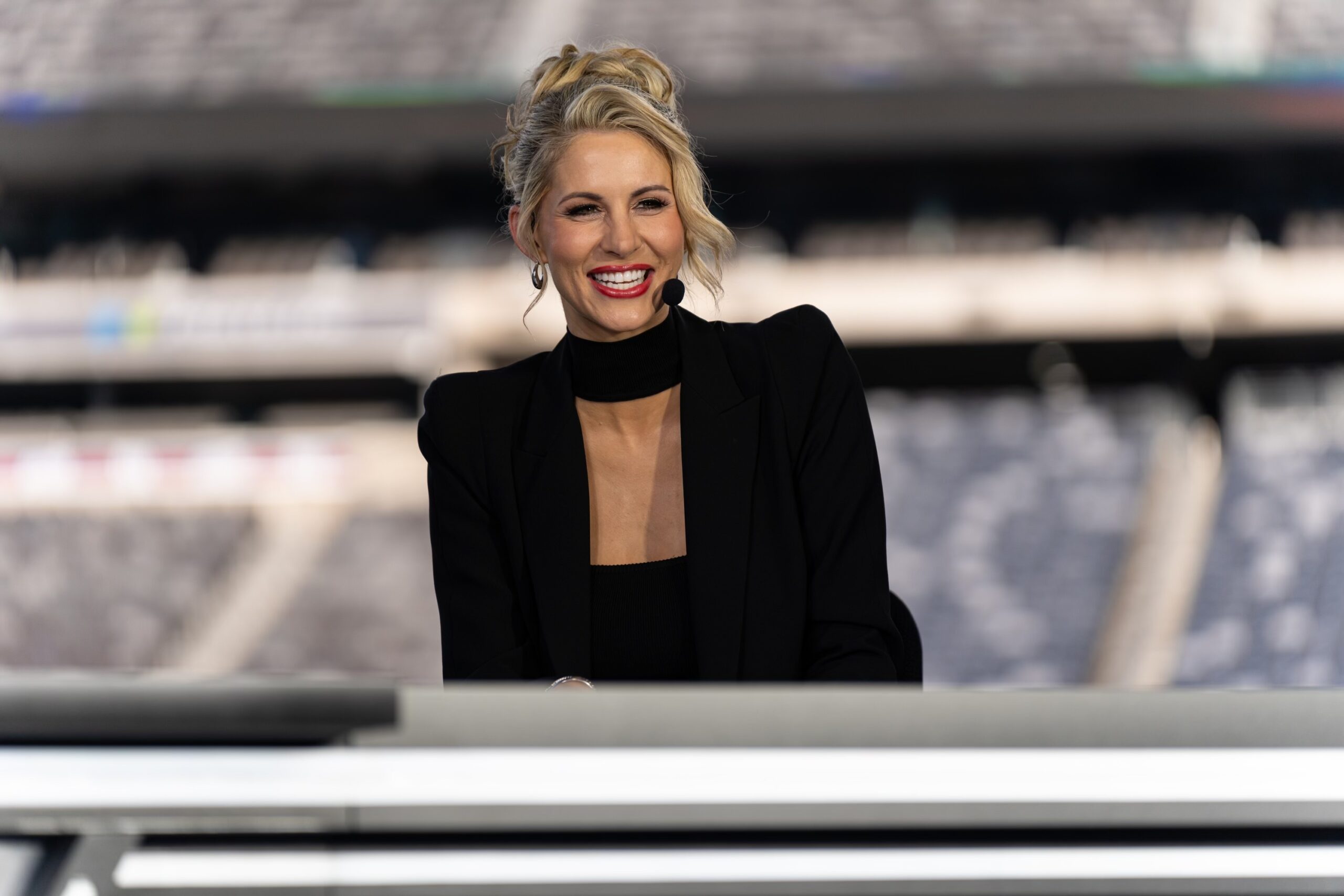Iron-Deficient Anemia
“I’m exhausted!” That had become my nightly cry. I was ready to go to bed even before my children went down for the night. To top it off, during the day I was exhausted, too.
Flash forward a few months to my annual physical; my blood work showed low iron levels – anemia. I was anemic.
I started thinking about why I had become anemic, and then it hit me. I had stopped eating red meat. I don’t eat eggs. I’m not a big cereal eater – all good sources of iron.
What is anemia?
Anemia is a condition where your red blood cells are not getting enough oxygen from hemoglobin to your body tissues. There are many causes of anemia including blood loss, rheumatoid arthritis, certain medications, pregnancy, problems with bone marrow or immune system, or a poor diet.
Symptoms include dizziness, chest pain, fatigue, headaches, shortness of breath or problems concentrating.
What should I eat to prevent anemia?
First, work with your doctor to make sure your diet is the source of your anemia. Once you’ve done that, here are foods that can help you up your iron intake:
- The best sources of iron include:
- Dried beans
- Dried fruits
- Eggs (especially egg yolks)
- Iron-fortified cereals
- Liver
- Lean red meat (especially beef)
- Oysters
- Poultry, dark red meat
- Salmon
- Tuna
- Whole grains
- Reasonable amounts of iron are also found in lamb, pork, and shellfish.
Iron from vegetables, fruits, grains, and supplements is harder for the body to absorb. These sources include:
- Dried fruits
- prunes
- raisins
- apricots
- Legumes
- lima beans
- soybeans
- dried beans and peas
- kidney beans
- Seeds
- almonds
- Brazil nuts
- Vegetables
- broccoli
- spinach
- kale
- collards
- asparagus
- Whole grains
- wheat
- millet
- oats
- brown rice
- If you mix some lean meat, fish, or poultry with beans or dark leafy greens at a meal, you can improve absorption of vegetable sources of iron up to three times. Foods rich in Vitamin C also increase iron absorption.
- Some foods reduce iron absorption. For example, commercial black or pekoe teas contain substances that bind to iron so it cannot be used by the body.
How much iron does my family need?
The Food and Nutrition Board at the Institute of Medicine recommends the following:
Infants and children
- Younger than 6 months: 0.27 milligrams per day (mg/day)
- 7 months to 1 year: 11 mg/day
- 1 to 3 years: 7 mg/day
- 4 to 8 years: 10 mg/day
Males
- 9 to 13 years: 8 mg/day
- 14 to 18 years: 11 mg/day
- Age 19 and older: 8 mg/day
Females
- 9 to 13 years: 8 mg/day
- 14 to 18 years: 15 mg/day
- 19 to 50 years: 18 mg/day
- 51 and older: 8 mg/day
Women who are pregnant or producing breast milk may need different amounts of iron. Ask your health care provider what is appropriate for you.
Medical information within this site is not intended for use in the diagnosis or treatment of any health condition. Please consult a licensed health care professional for the treatment or diagnosis of any medical condition.
Source: Medical content for this article provided by the National Institutes of Health.








